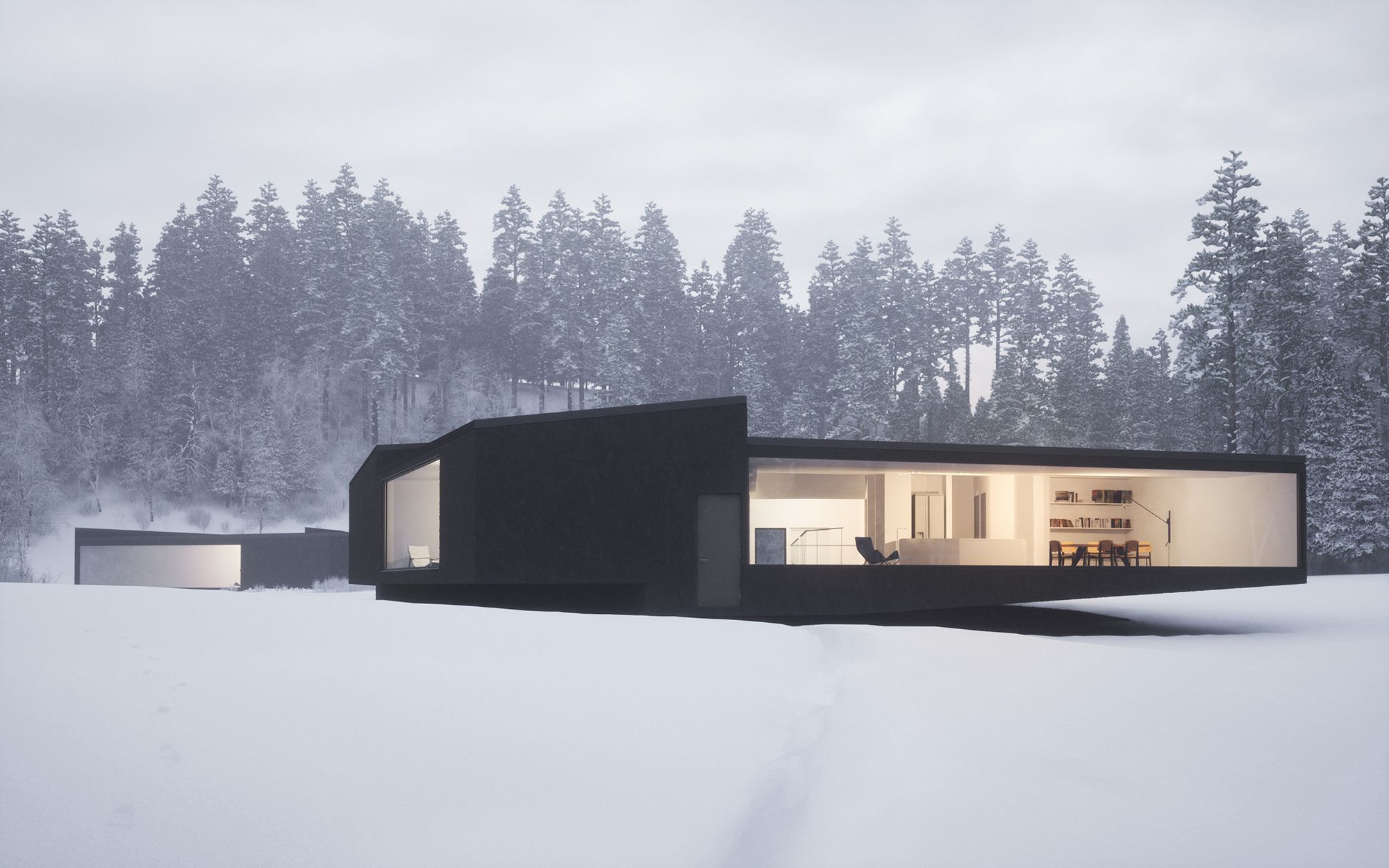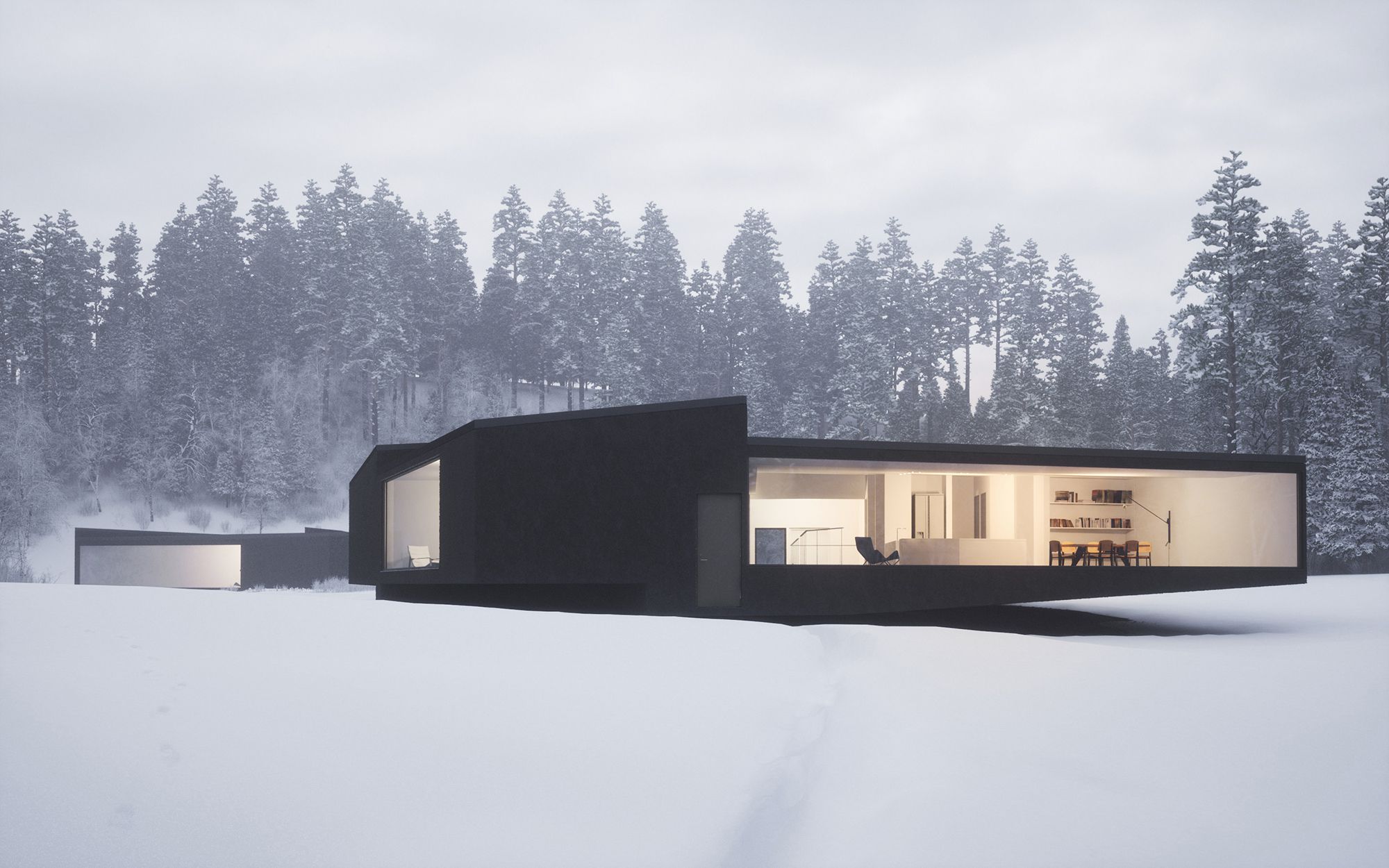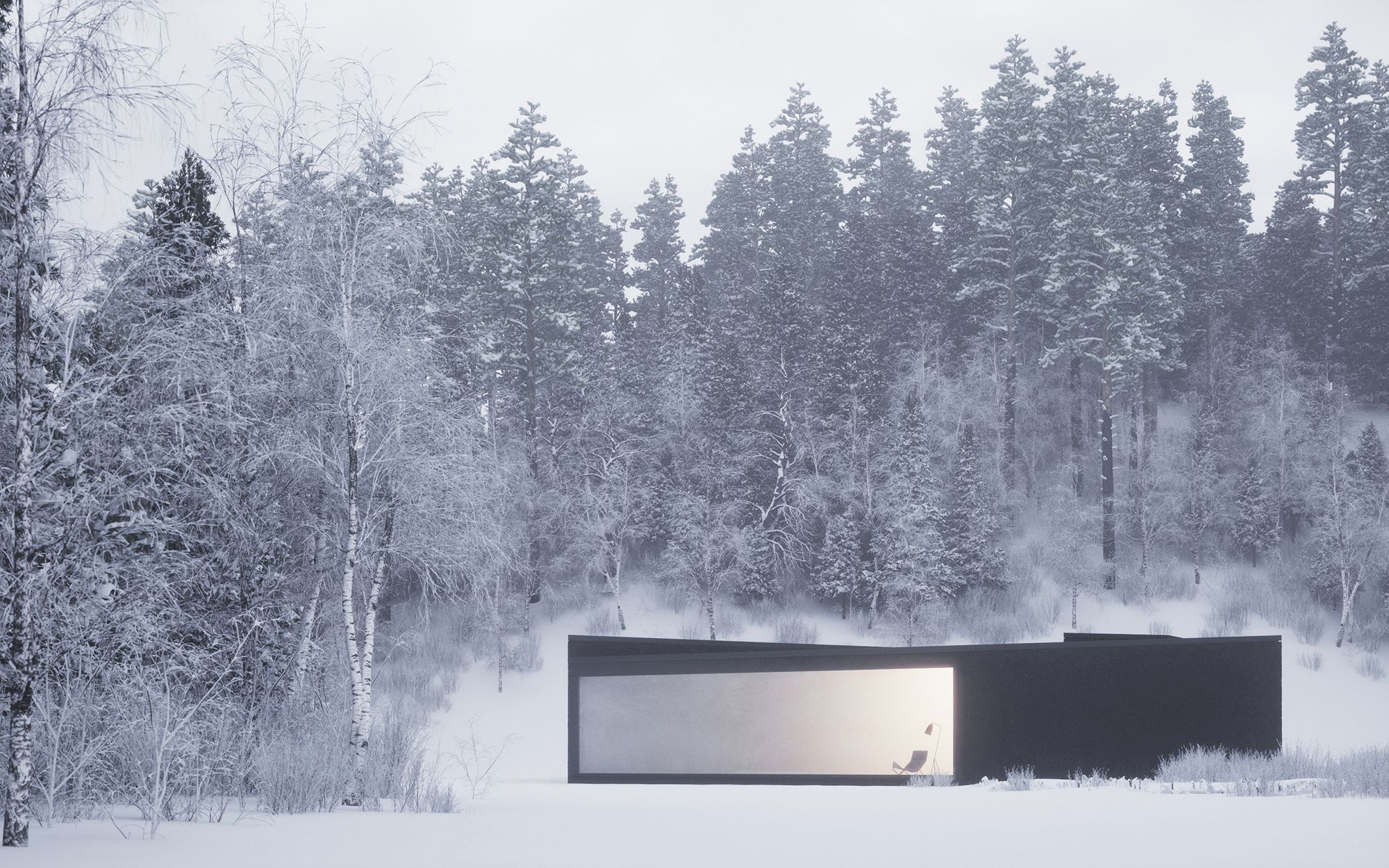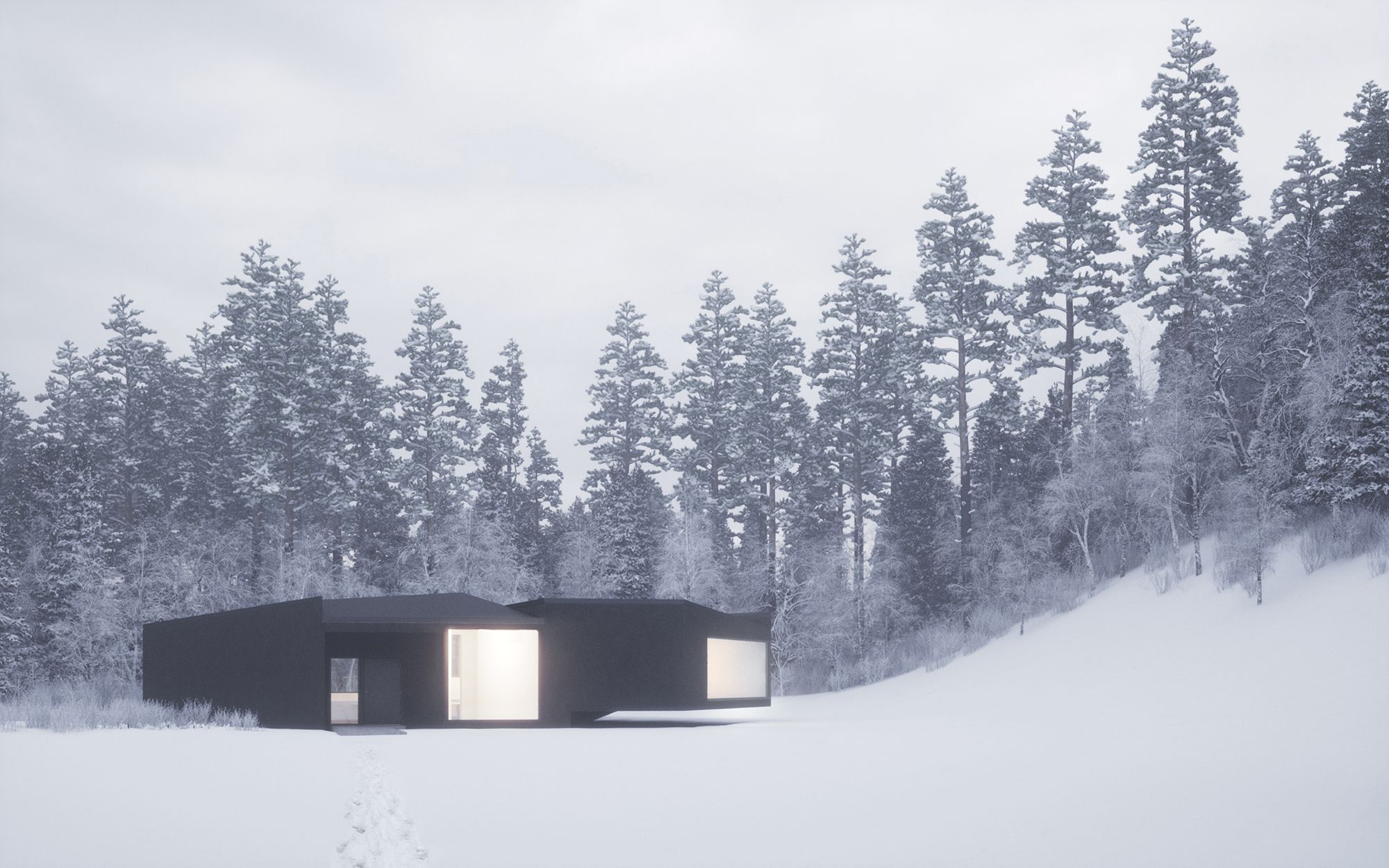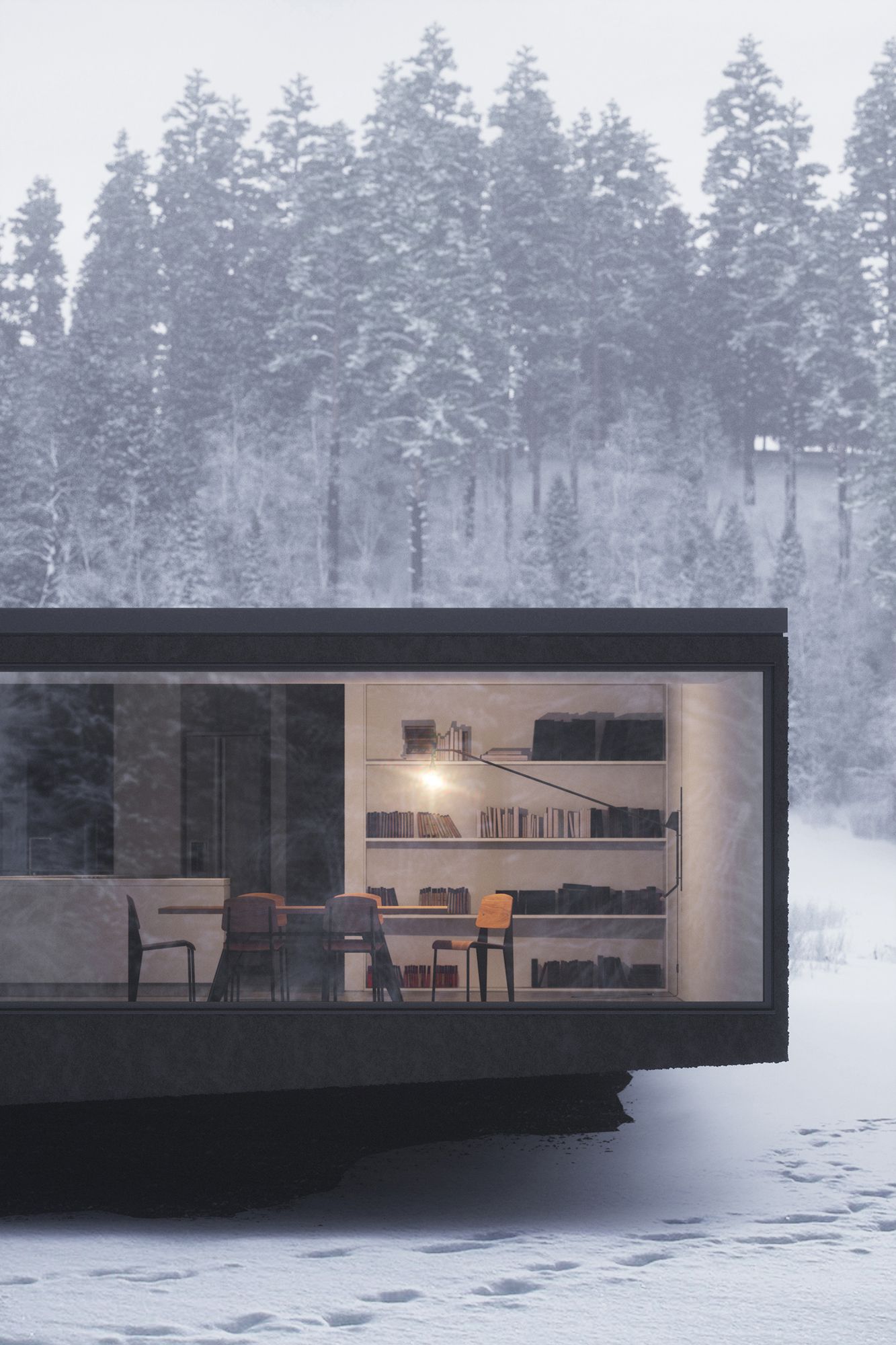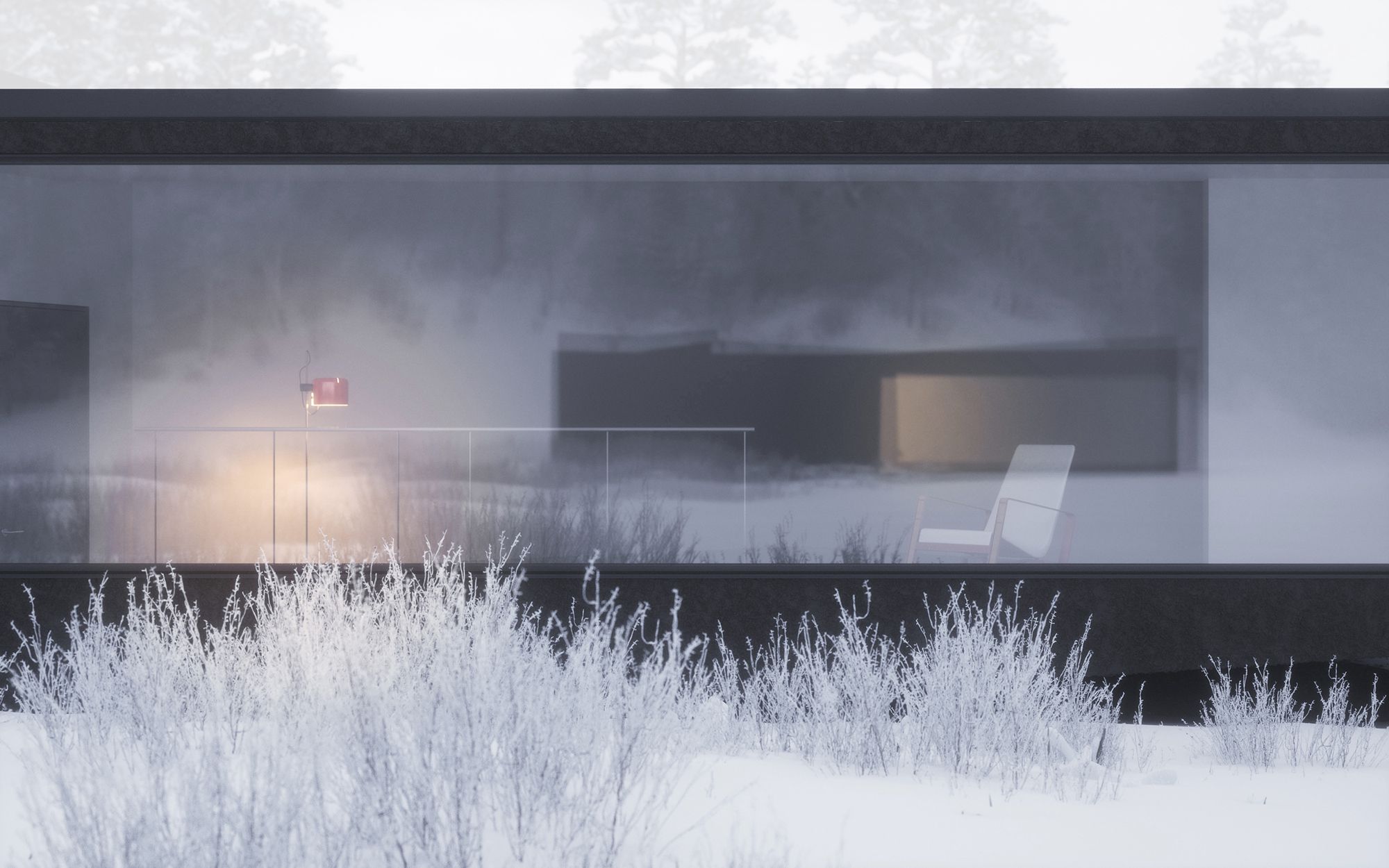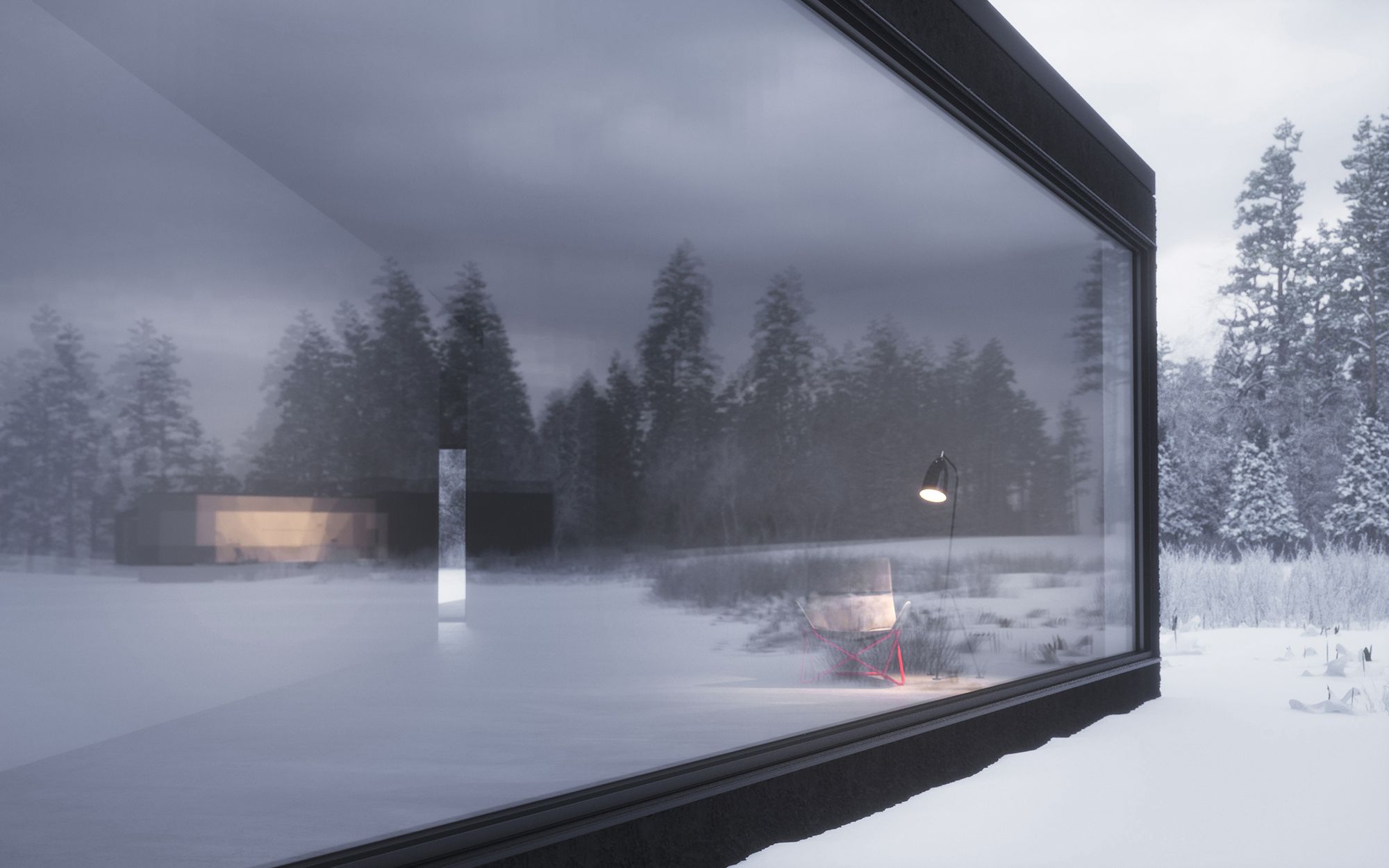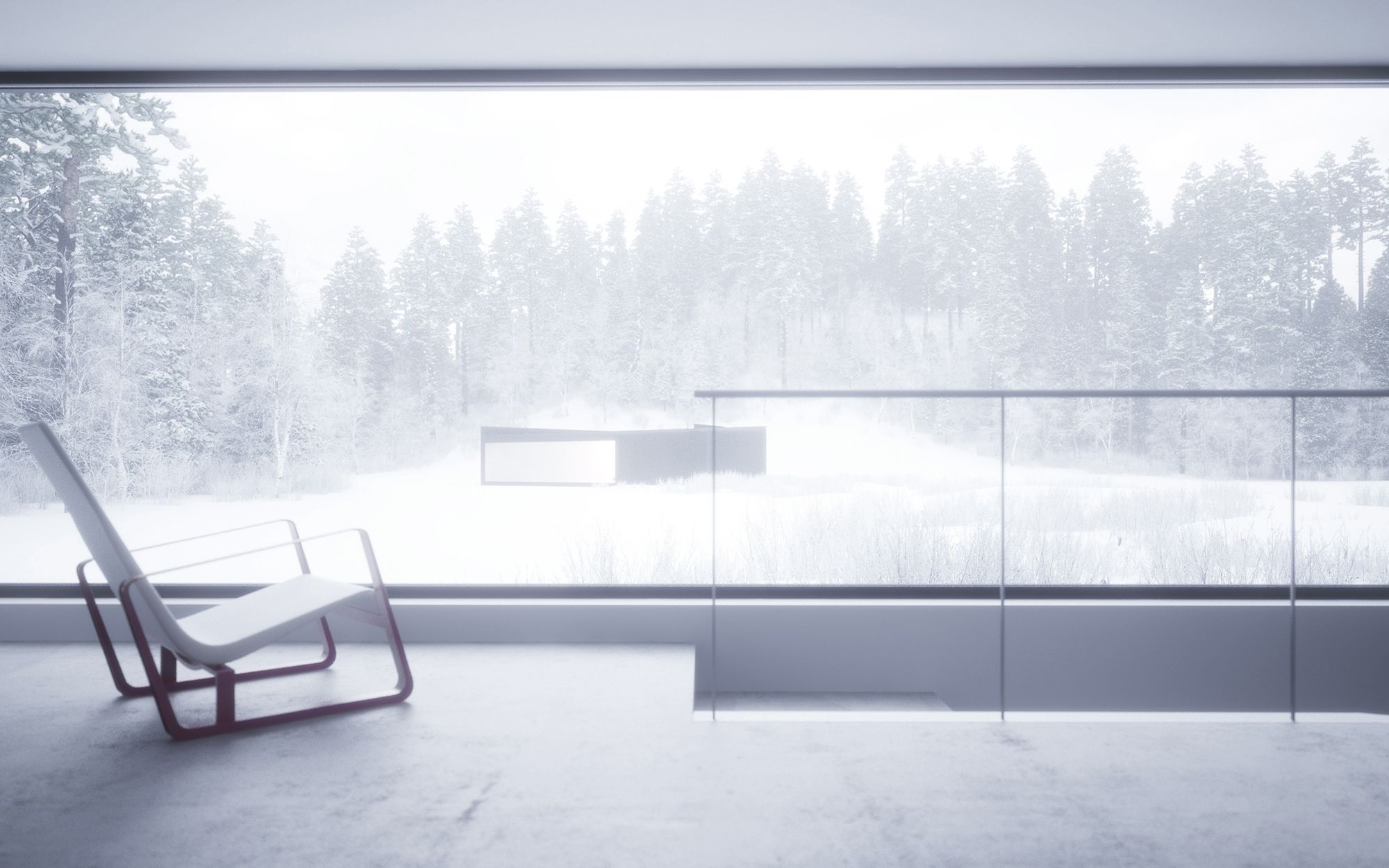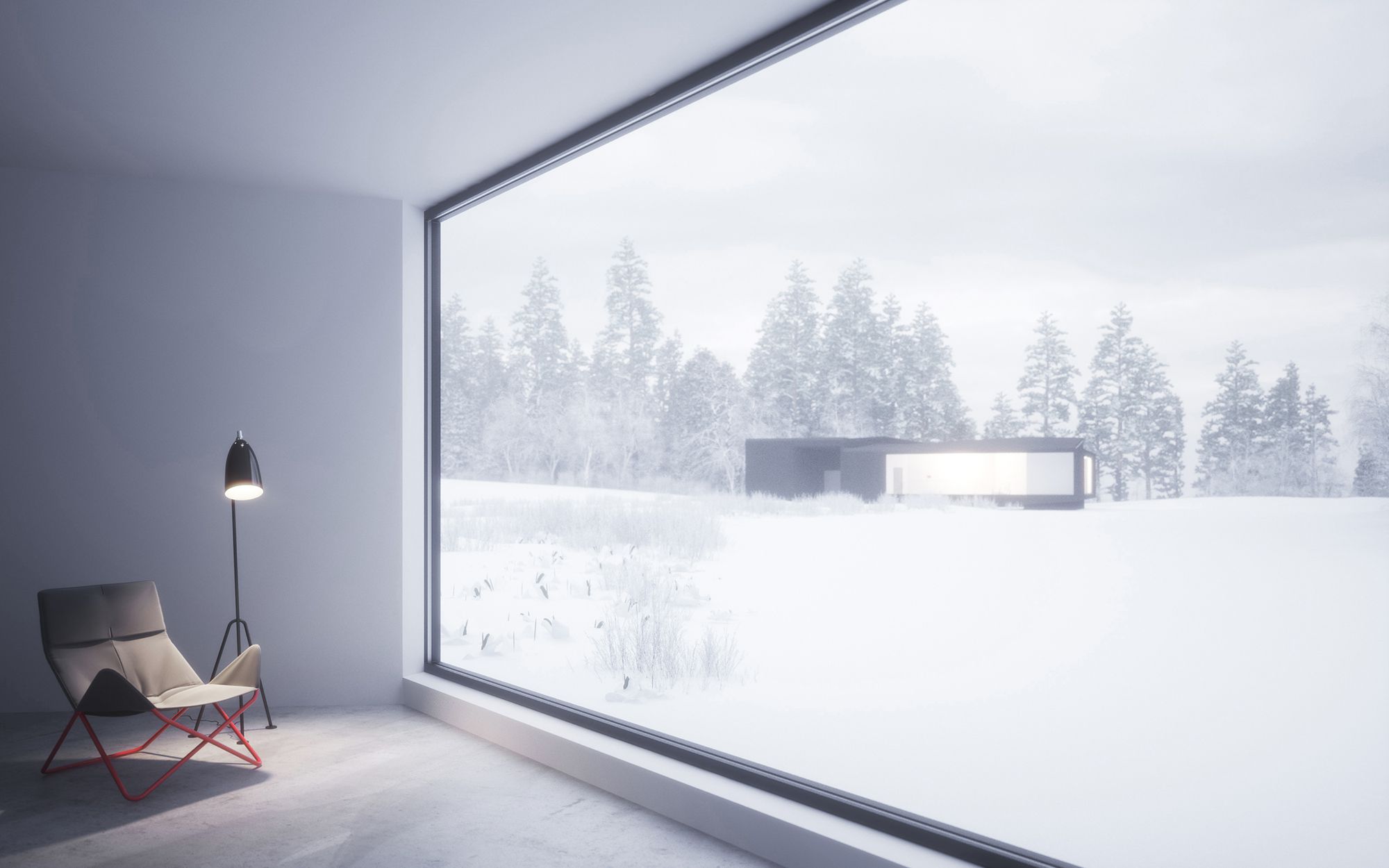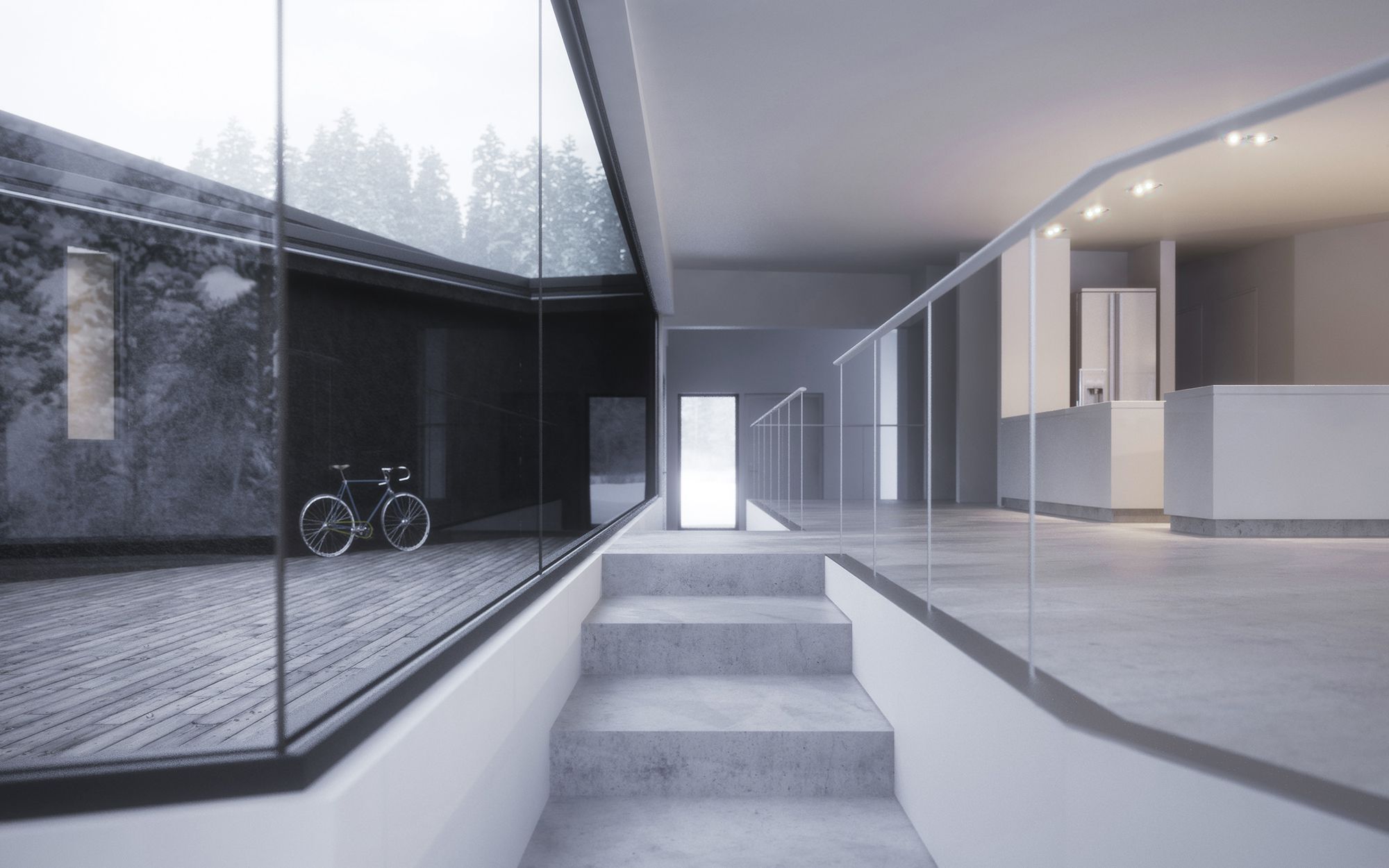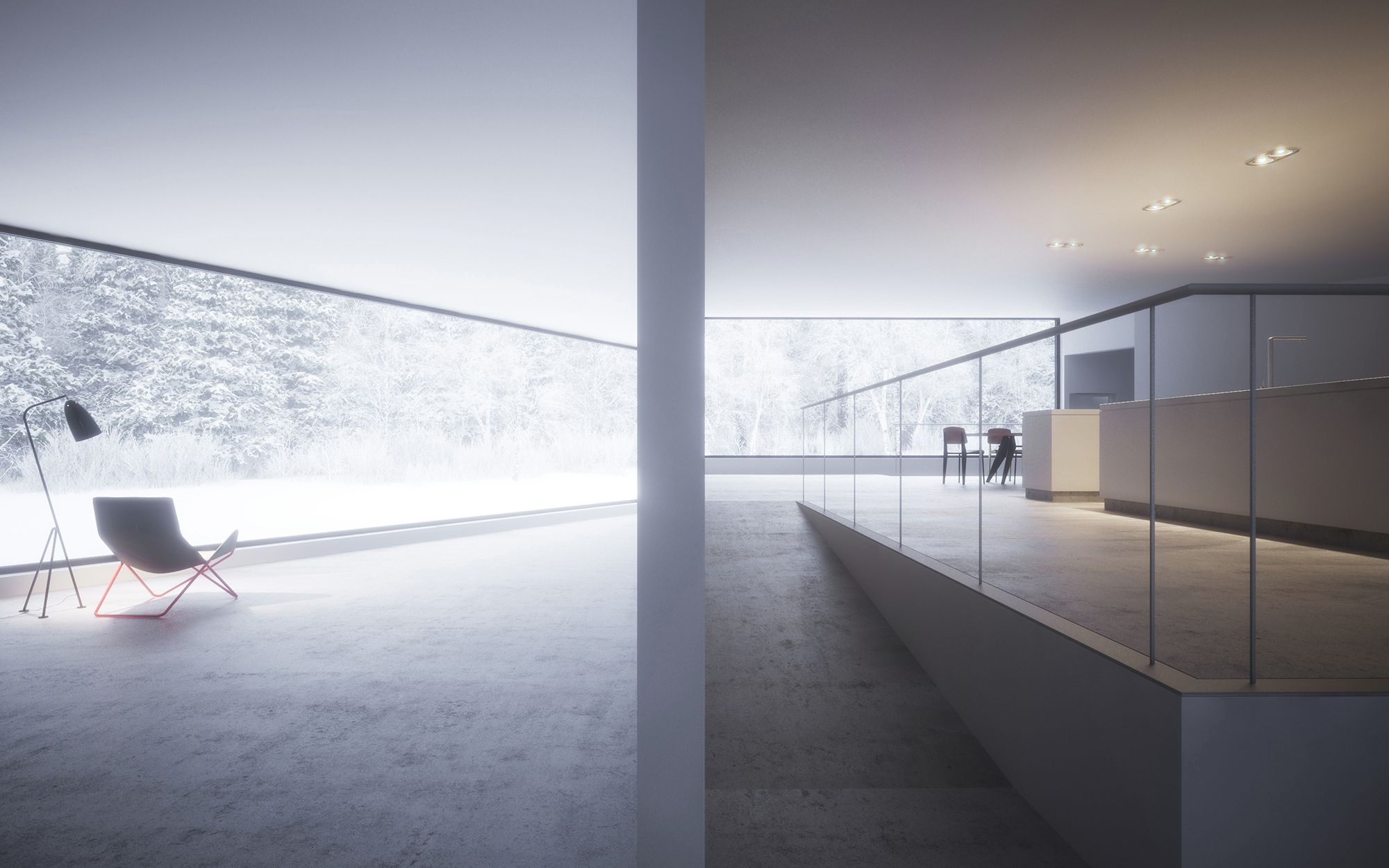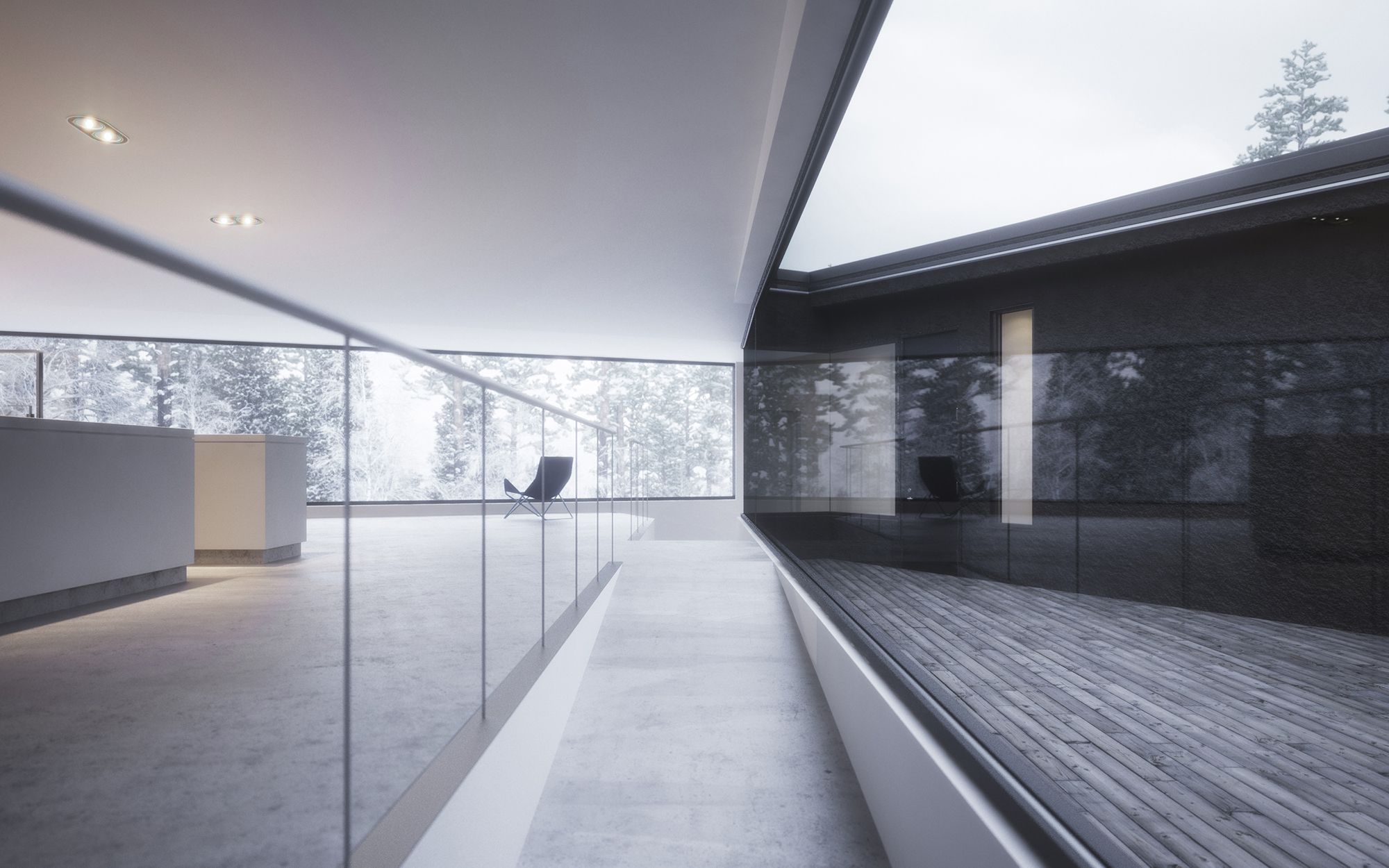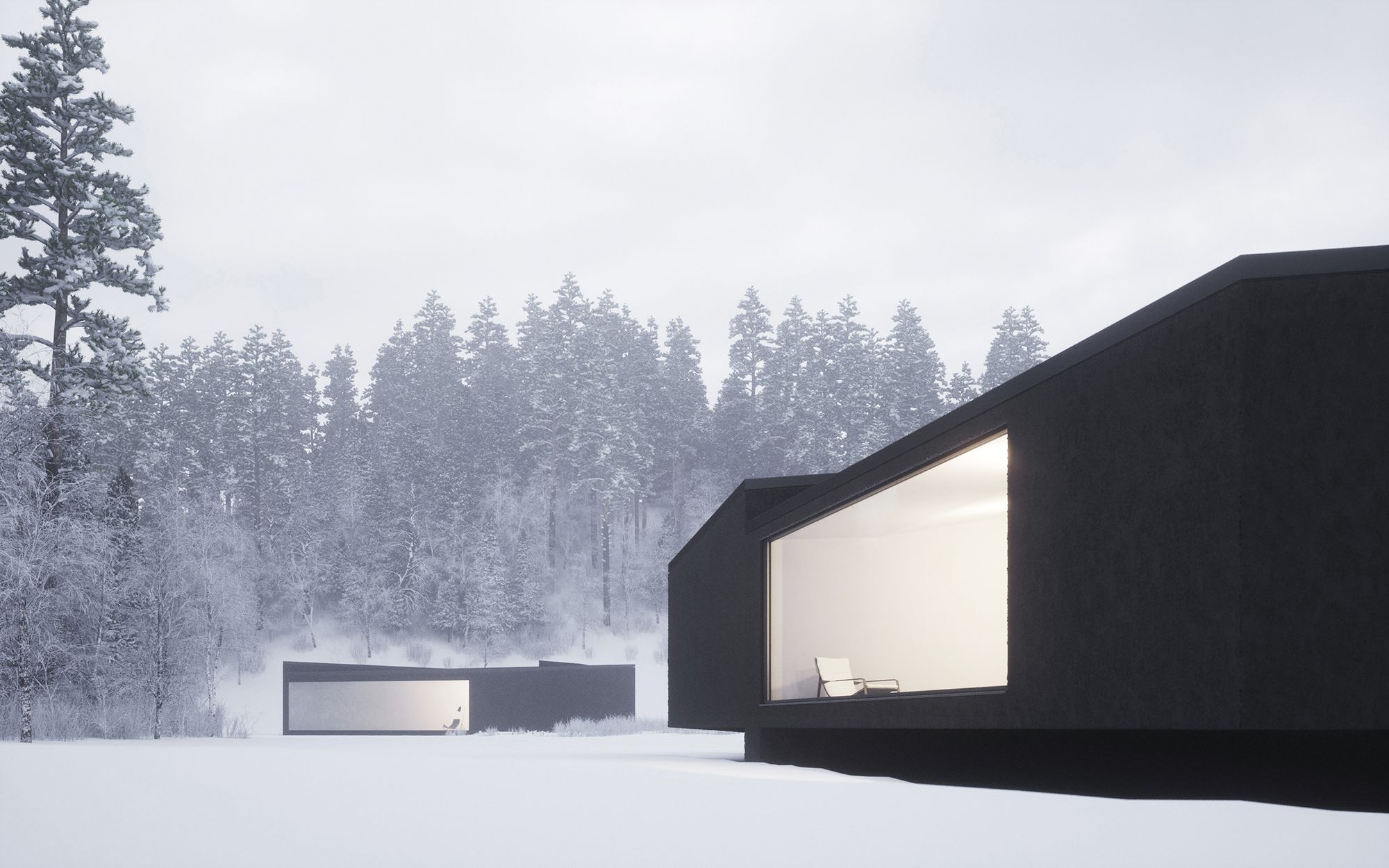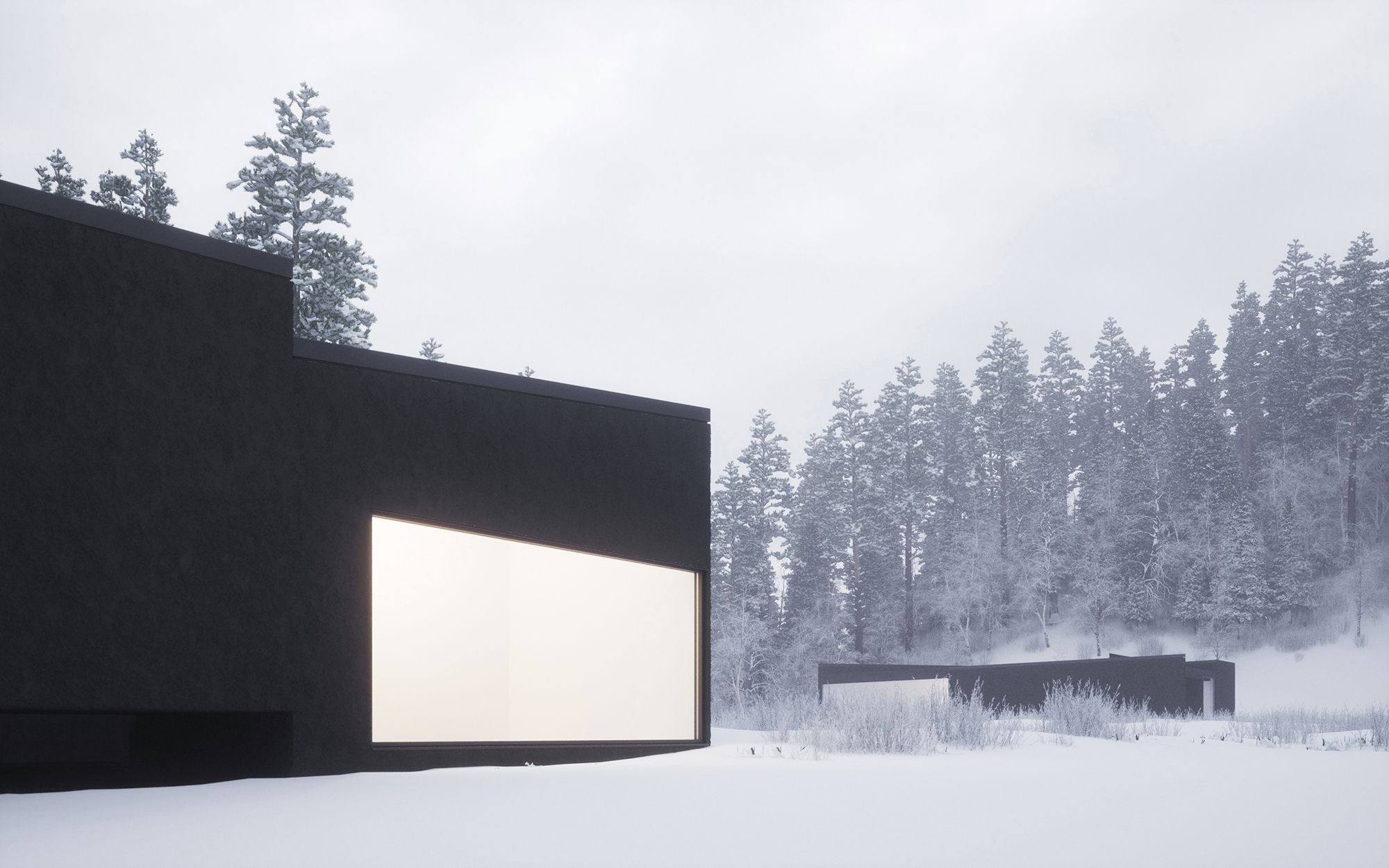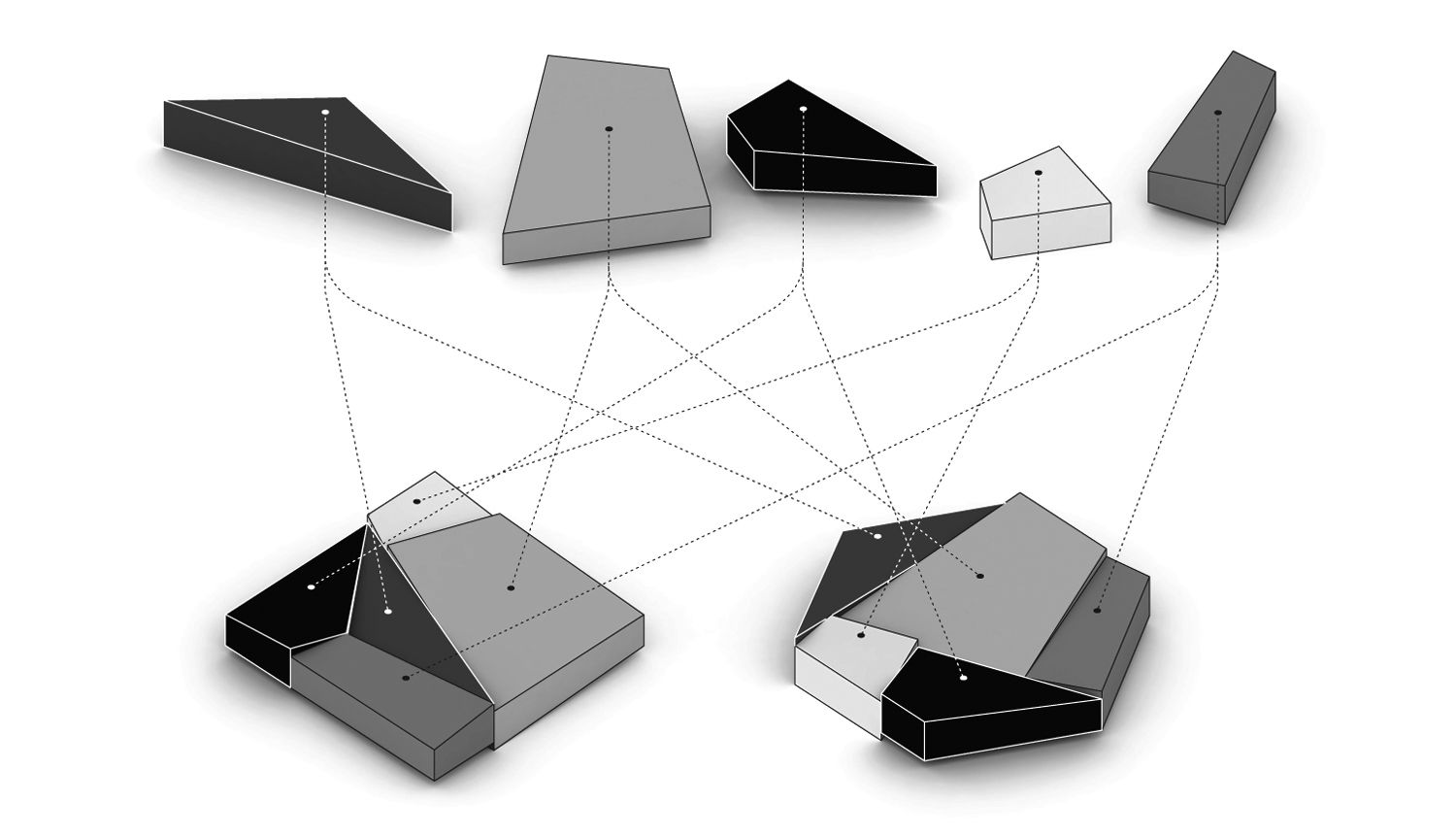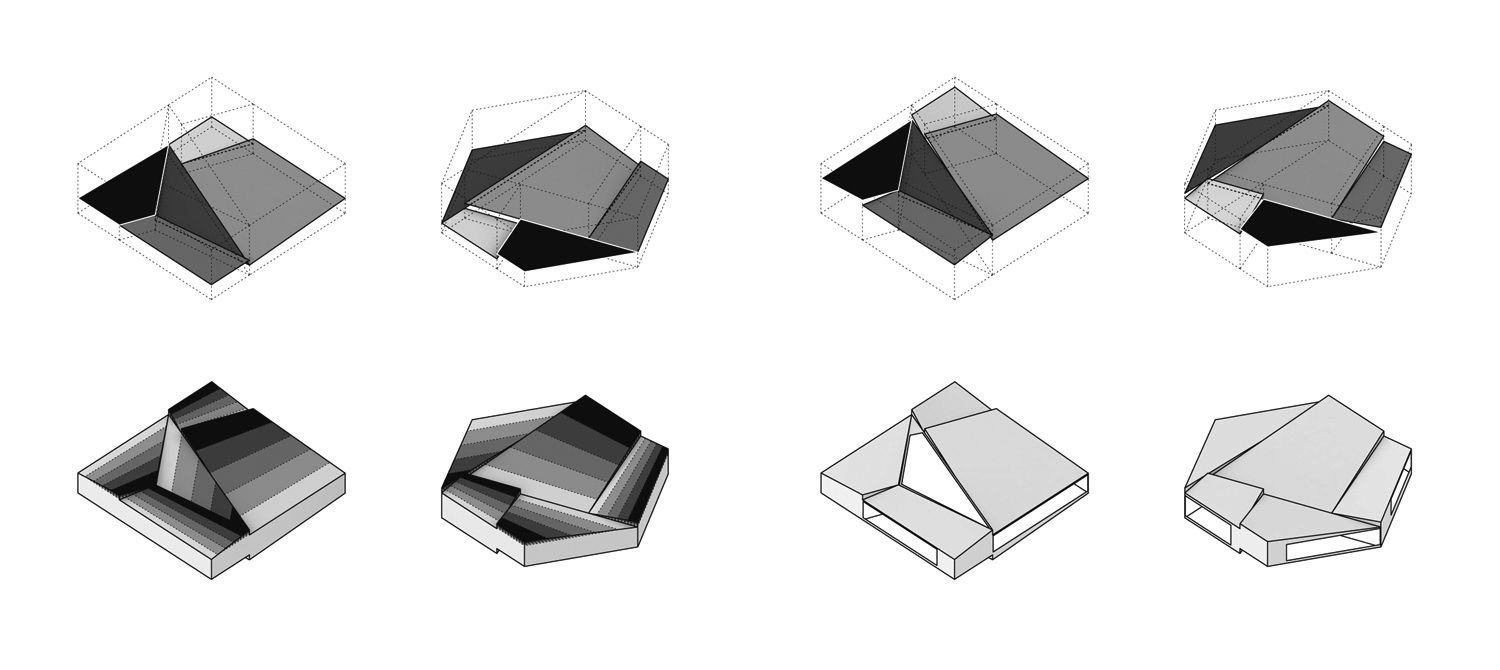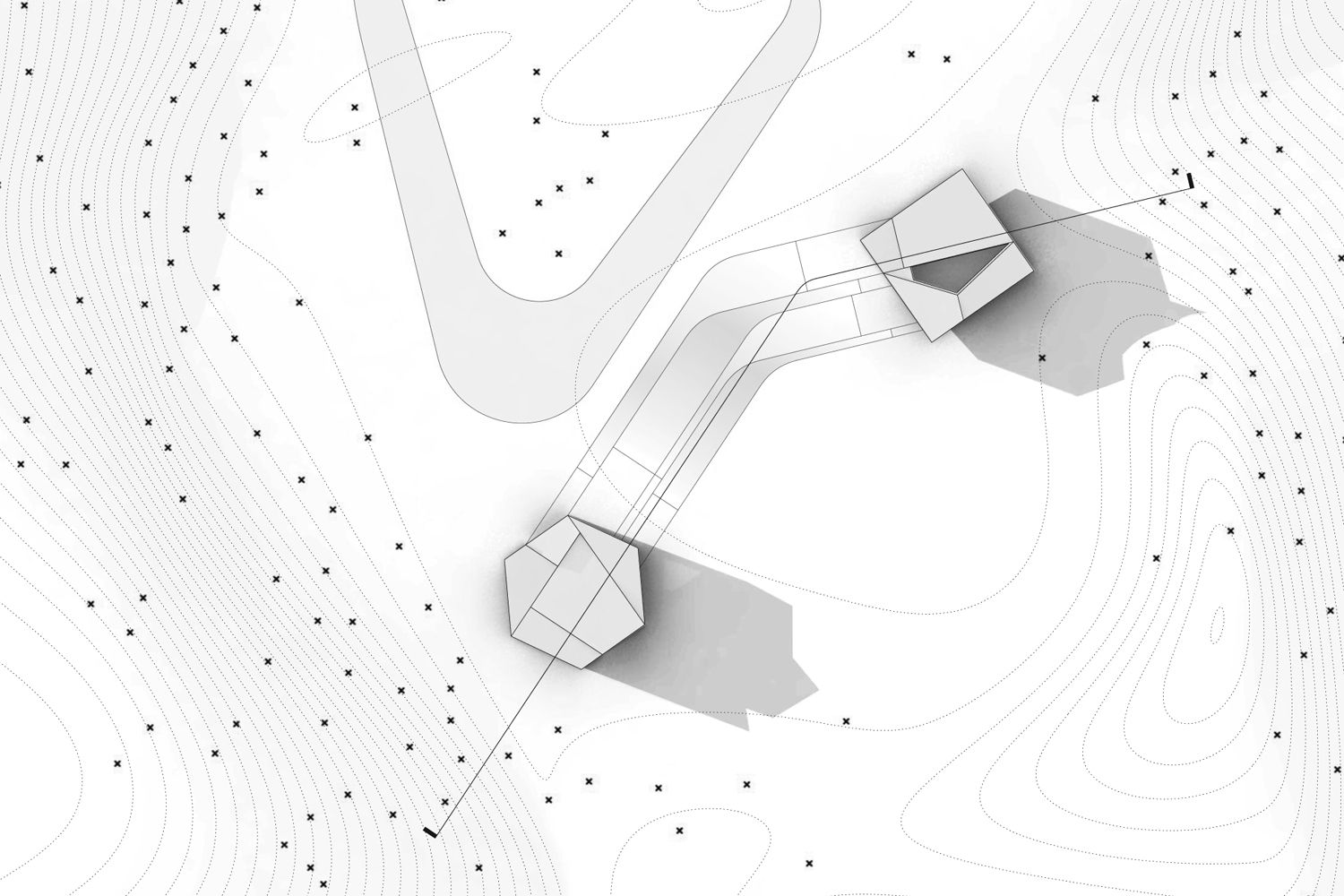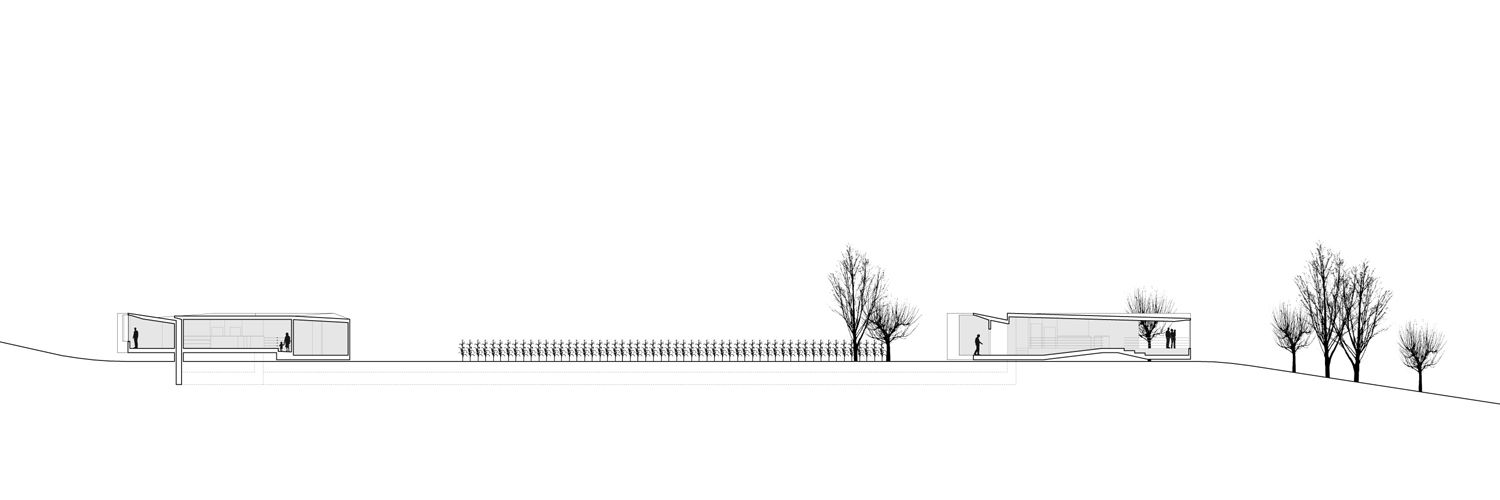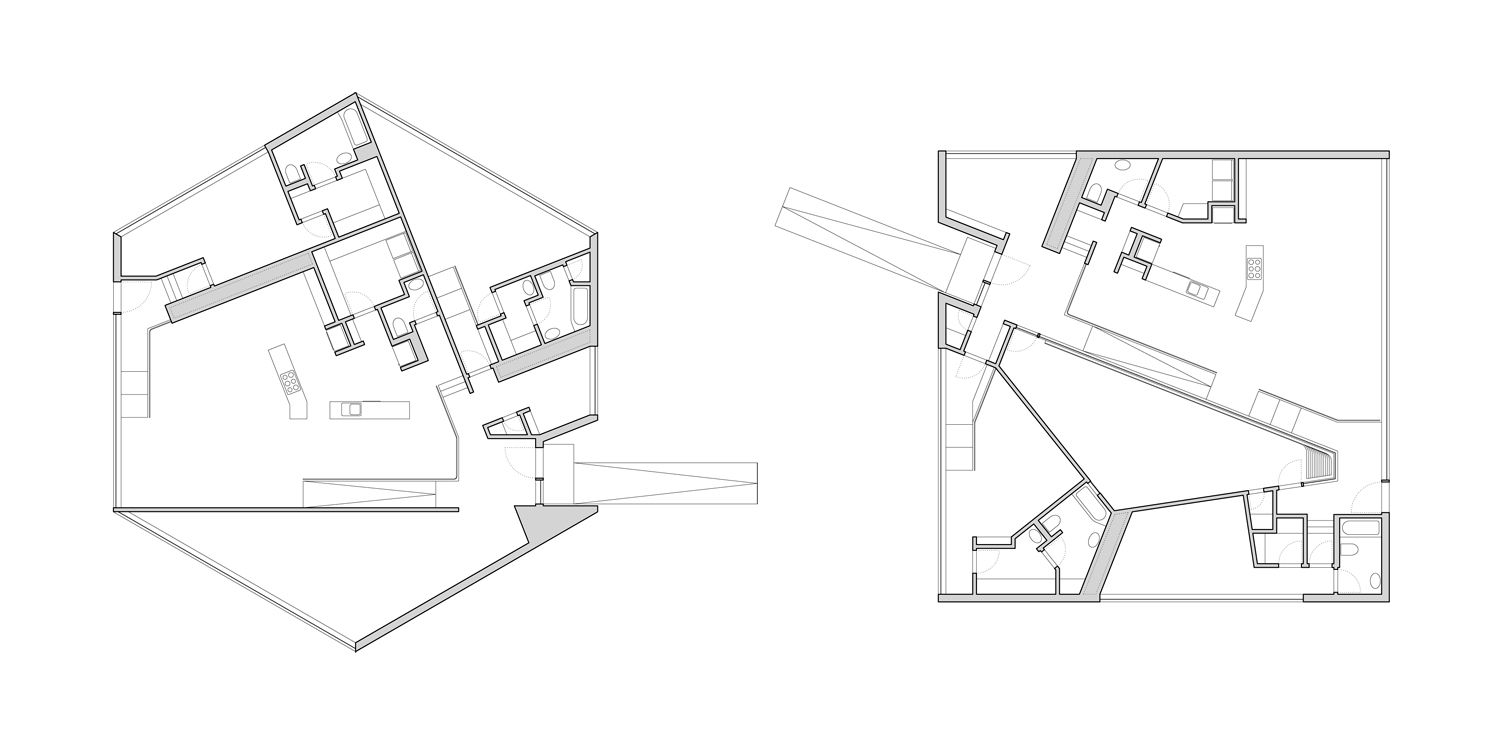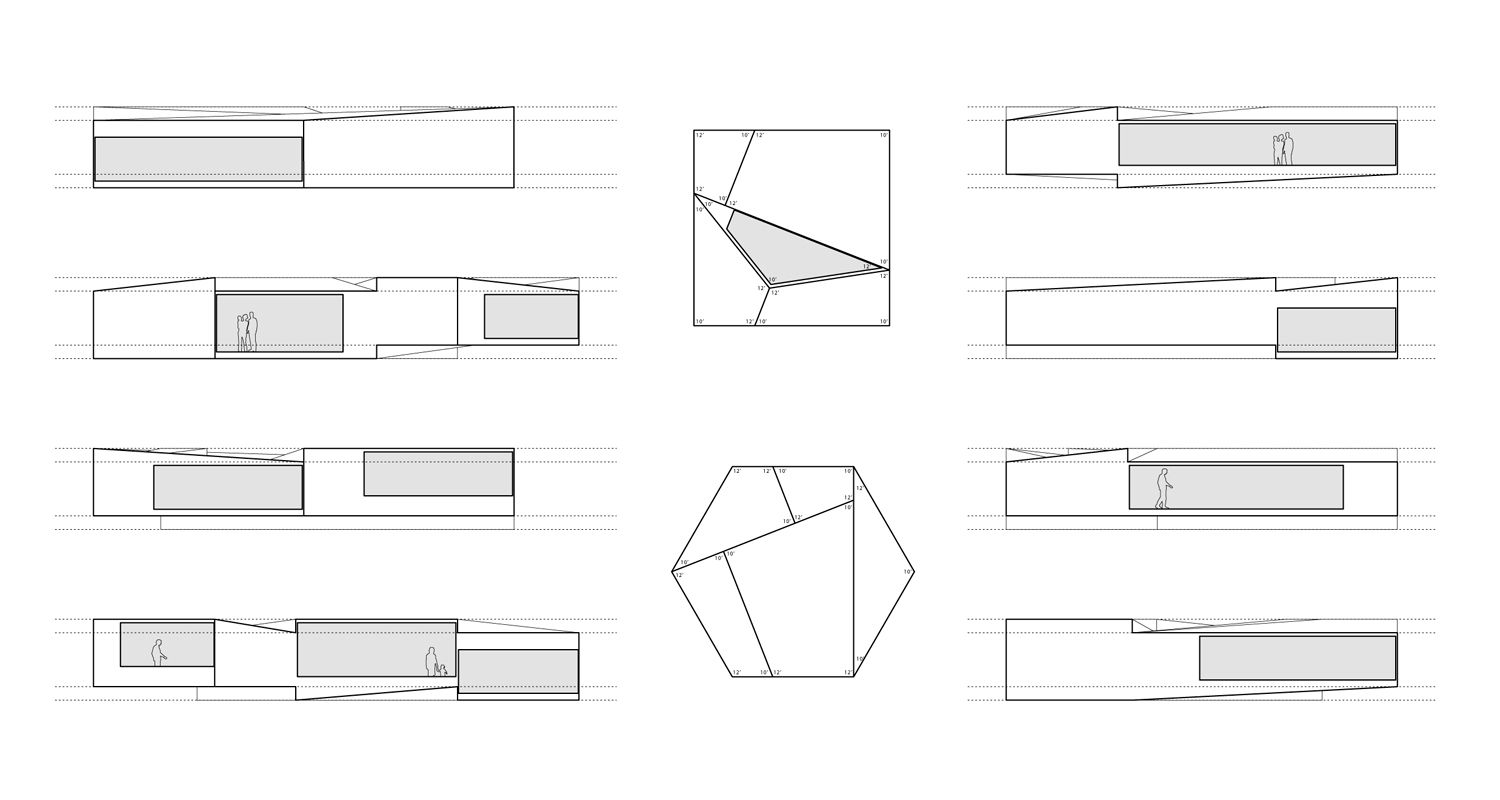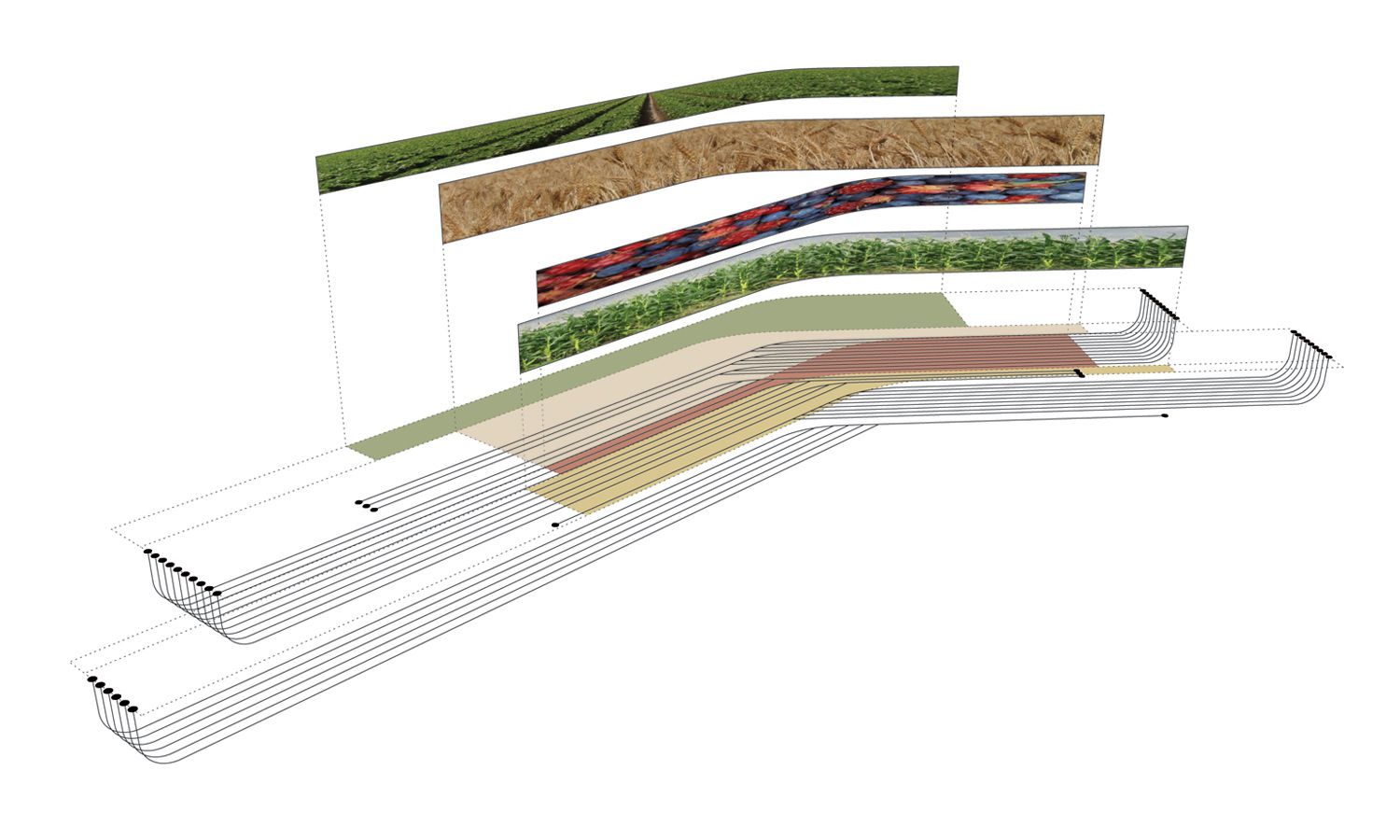Twins: Houses in Five Parts by William O’Brien Jr.
Architects: William O’Brien Jr.
Location: Upstate New York, USA
Year: 2011
Photo courtesy: Peter Guthrie
Description:
This configuration proposition for two country estates for two siblings and their families on one plot of area in upstate New York speaks to an examination of an inquisitive part to entire relationship. The scientific guideline of “analyzation” expresses that any two standard polygons with equivalent regions can be isolated into sets of comparable shapes; “negligible dismemberment” is the quest for the least number of subdivisions in every polygon.
This plan appropriates this rule as an answer for (1) general likenesses in the automatic necessities, and (2) qualifications in the sought connections to the site, voiced by the two siblings for each of their homes.
A general six-sided polygon and a standard four-sided polygon contain the same five shapes—every are comprised of the same four trapezoids and one triangle. The adjacencies between the five shapes are distinctive inside of each of the normal polygons, similar to their introductions in respect to the external edges of the polygons. Deciphered into spatial divisions in a design plan, these altered courses of action brief sectional-adaptability. Theoretically, in segment the floor planes and the rooftop planes are arranged keeping in mind the end goal to suit key miniaturized scale topographic congruities and discontinuities over the aggregate surfaces.
Streams available for use of inhabitants and water oversee conceivable arrangements of the floorscapes and roofscapes separately. A general enunciation of the five volumes as discrete parts goes about as a second aspiration which coordinates the conceivable formal results of the houses. Automatically, the sets of parts are utilized correspondingly between the two houses, albeit each automatic piece uses its one of a kind adjacencies; for instance, the triangular space is utilized as a vertically-situated, sun room in the focal point of the square house, and as a scene arranged, screened-in yard in the hexagonal house.
Closeness of houses in respect to each other is aligned through the advancement of the rural use of the interstitial area. Water gathering from the two rooftops is coordinated to an underground channeling framework between the houses. The horticultural improvement of the area between the two houses isolates them outwardly (to fluctuating degrees relying upon child) while connecting them inseparably, both infrastructurally and mutually. Water dispersal comes from two sets of “water channels” inserted in two dividers in every house. The planometric dovetailing of four distinct products, which waver in harvest children, suits diverse vicinities of yields to each of the houses. Leaf vegetables, berries, wheat and corn are twisted together with a specific end goal to give every house prompt access to every nourishment sort.
Really, the houses stay dynamic, to offer a shapes’ perusing as bundles of discrete volumes with orientational contrasts made conceivable by the extensive openings. There is an elastic material framework that is utilized for the highest points of the houses and dull, thick stucco that coats the sides and underbellies of the house



